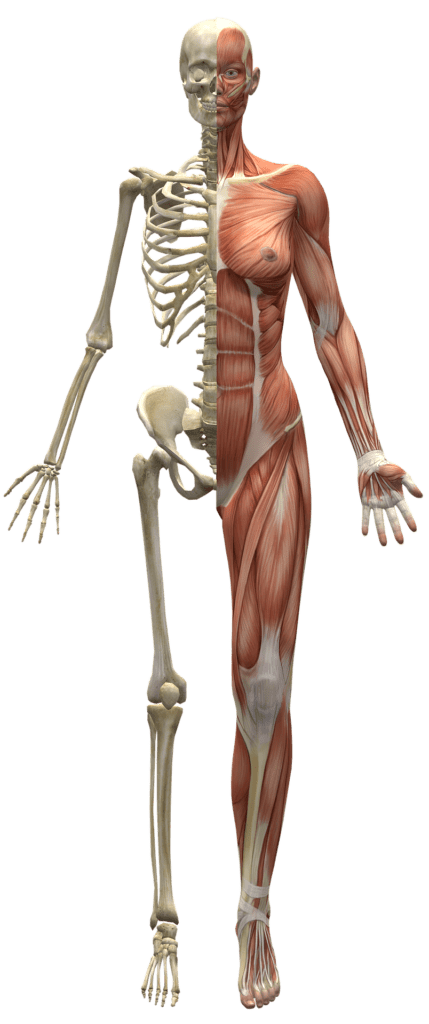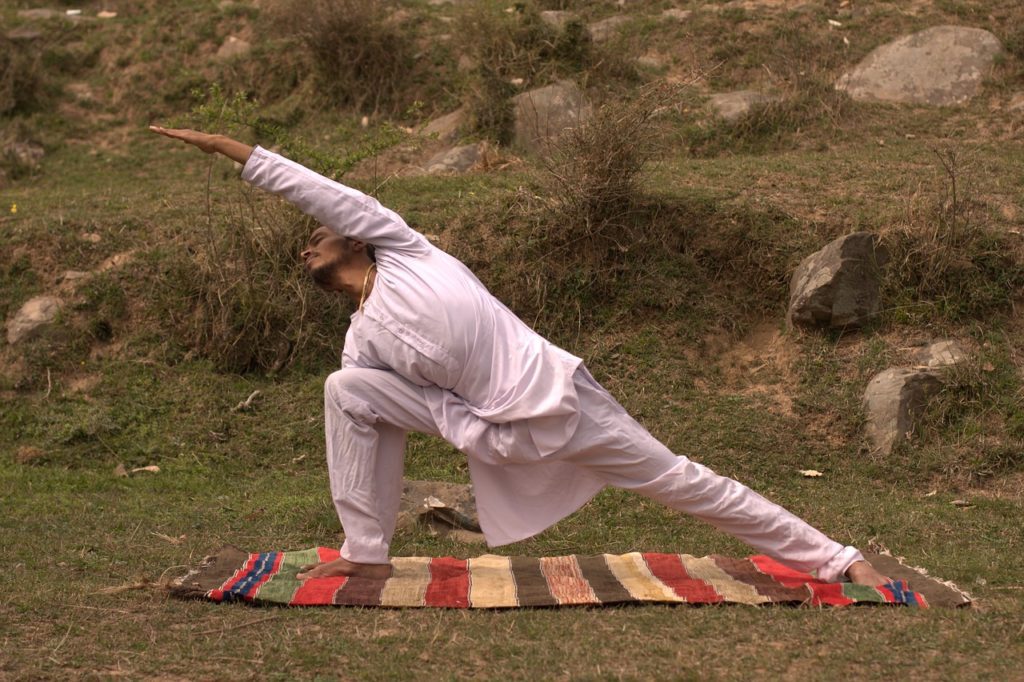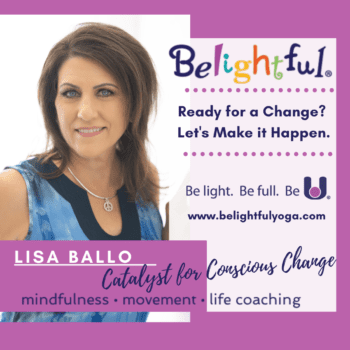If you’ve ever considered trying yoga, you might be confused by all the different kinds of yoga.
Despite the laundry list of unfamiliar terminology, it’s not as complicated as it seems.
We’ll break it down for you to give you a clearer understanding of the most well-known practices and what they entail.
Different Kinds of Yoga
Yes, yoga does wonders for the body. But at the end of the day, it’s a mind-body-spirit practice. It aims to unite or yoke (the origin of the word yoga) these three components.
So unlike other forms of exercise, yoga is more a way of life. But how do you differentiate between all the various types of yoga? Allow us to clarify.
Hatha
Hatha yoga is among the most common terms you’ll come across. The term hatha basically covers any practice that includes poses (also known as asana). So technically, every other type of yoga below falls under the broader category of hatha.

That said, when you go to a studio or instructor who teaches hatha yoga, it usually means a more traditional practice. It can be catered to a wide array of students from the beginner to the seasoned. Coming from the Sanskrit terms ha for sun and tha for moon, it seeks to balance seemingly opposing forces such as the physical and mental, strength and flexibility, or even breath and body.
There will be a mix of physical poses, breathing exercises (pranayama), and meditation. If there is music, it is usually ambient.
Ashtanga
Ashtanga yoga is an advanced, very physical, and rigorous practice. It consists of six series of poses always taught in the same specific order. Most students practice the primary series and aim to master it. A few students go on to the second series, with even fewer attempting the third. At one time, the only person practicing the sixth series was the grandson of the practice’s founder – Sri K. Pattabhi Jois.
Steeped in tradition, classical ashtanga is meant to be a wholly individual practice. Students are monitored by an instructor who tells them to stop when they get to a posture in the series they have not mastered. They are then ordered to go to the finishing poses. The next time they come to the mat, the goal is to get past the point where they were stopped.
Because of the deep level of commitment, ashtanga is not practiced as much as it once was. It’s typically taught as a led class that runs 90 minutes to two hours and without music.
Yin

Unlike the vast majority of yoga that has Indian lineage, yin yoga is based on ancient Chinese philosophies and Taoist principles. It works with the idea that to keep the pathways of energy (chi) that run through the body free of blockages, we need to hold into long stretches that allow that energy to move.
As such, poses in the yin practice are held anywhere from two to five minutes, and they focus on the hips, lower back, and thighs. Using props to fully support a pose, the idea is to relax and allow gravity to open up the body. At the same time, the practitioner feels a sense of intensity.
While yin looks easy on the outside, it’s actually very challenging. In a society that encourages constant doing and busyness, yin asks practitioners to be still, go inward, and be with what is. That’s no easy feat. This practice also focuses on the fascia and connective tissue rather than muscle. It complements more active types of yoga.
Most poses are done seated or reclined and there may or may not be music – depending on the instructor’s preferences.
Vinyasa
The most overwhelmingly popular type of yoga right now is vinyasa. It’s also referred to as flow. That’s because vinyasa is essentially a type of yoga where mostly standing poses are paired with breath in a rhythmic way to create a flow.
Interestingly, ashtanga yoga is the basis for vinyasa yoga – from which it was adapted a few decades ago. Since that time, its popularity has surged as it’s not as regimented as ashtanga and allows practitioners more freedom of movement. These days, studios often have their own unique “brand” of vinyasa and will usually slap some sort of name on the word ‘flow’ to differentiate.
Under the tutelage of a skilled instructor, vinyasa can be very meditative as students flow mindfully in and out of poses while focusing on the breath. Unfortunately, there is added risk with vinyasa that there will be very loud music and sloppy flows that don’t address alignment which can pose a risk for injury. So it can take some time to find the right kind for you.
Restorative
On the opposite end from vinyasa on the yoga spectrum is restorative yoga. The primary objective of restorative yoga is to down-regulate the nervous system. Similar to yin, poses are held for long amounts of time. In this case, five minutes or longer.
The body is fully supported and resting. Falling asleep is completely acceptable and even encouraged. In some instances, the instructor will lead a yoga nidra which is a guided meditation that aims to keep you in that space between sleeping and being awake.
Poses are done completely on the ground and are acceptable for all levels of practitioners. Because it doesn’t look like much is happening, it can be difficult to convince people of the wide-reaching benefits of restorative yoga. But for anyone who needs to regularly unwind and de-stress (and that would be EVERYBODY), this is a great practice.
Other Practices
The five above practices are the most general and those you’re likely to experience in mainstream studios. There are many other practices though.

Kundalini, for example, is a practice that focuses on chanting, singing, meditation, and specialized poses paired with breathwork and chanting (known as kriyas). Iyengar yoga utilizes unique props to focus on alignment, Bikram yoga is the same series of 26 postures done in 100+ degree heat, and Anusara, an offshoot of Iyengar, has developed its own unique vocabulary.
Then there are practices such as prenatal, aerial, acro, power, goat, etc. that have a specific focus. So the possibilities are nearly endless.
How Can Yoga Help You?
Now that you have a basic understanding of different kinds of yoga, you may feel more empowered to try it. Or perhaps you’re already a practitioner but are struggling to find the time to do it.
Whatever the case, we’ve got you covered.
Contact us today to find out how we can bring yoga and other mindfulness practices right to you or your place of work. We provide both virtual and on-site offerings to make it truly available to everyone.



